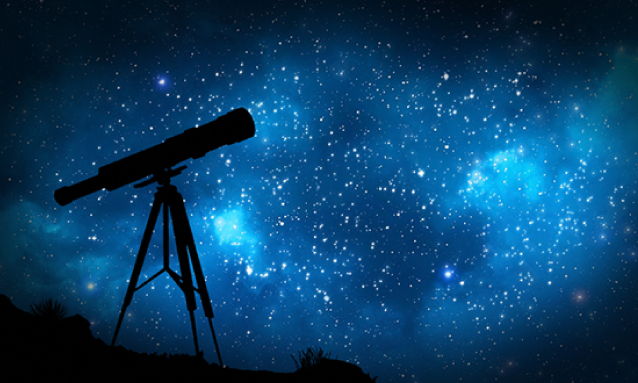
The Botswana International University of Science and Technology (BIUST) is in the process of building and developing the National Astronomical observatory in Palapye. The facility is aimed at placing the town among destinations known for stargazing.
Travel guide book publisher, Lonely Planet lists Astro Tourism among the best travelling trends across the planet as travellers seek out the world’s unpolluted view of the stars. According to the university’s Physics and Astronomy HOD Professor Gregory Hillhouse, BIUST is set to offer visitors unsurpassed views of Mars, Jupiter and Saturn and the occasional meteorological shower.
“There are so many exciting things in astronomy. We are going to put up some big optical telescopes on campus which will be in national facilities and people travelling up to Maun and Kasane can pass here, spend the night, look at the stars and that will be part of our tourism offering. Astro Tourism is among our big plans here,” he briefly said.
Hillhouse revealed that they will also be undertaking the Square Kilometre Array (SKA) project in Botswana, which is an international effort to build the world’s largest radio telescope. As one of the largest scientific endeavours in history, the SKA will bring together a wealth of the world’s finest scientists, engineers and policymakers to bring the project to fruition. The SKA will be able to conduct transformational science, breaking new ground in astronomical observations.
“In Botswana, we are going to have 80 radio telescopes, each one costing between 80 and 100 million Pula. BIUST is here to develop capacity to train young people in engineering, technologists and physicists to use these facilities.
But the precursor to this project is something called African Very Long Baseline Interferometry (AVLBI). The plan is for Botswana to build one big dish and prove to SKA project members that we can do something like this, once we do it we become a part of the SKA consortium,” he explained.
Currently, the biggest man-made science project in the world is CERN, which is a big collider in Switzerland. It is a big facility where one experiment is carried out by 6000 people and SKA will be hundreds, if not thousands of times bigger than that. Hillhouse stressed that the project will not impose any dangers to the community, as the telescopes will be in the middle of nowhere and will only receive signals from outer space. South Africa has already put up the core of the SKA to demonstrate to the world that they could do it, which has positively impacted on its people as there have been massive developments on human capacity and skills transfer.
Says Hillhouse; “BIUST has been mandated by the Ministry of tertiary education to train people and get the project up and running. Many people out there do not know about this but you can imagine the spin-offs that will come out of this, for example, the camera on your mobile phone and Wi-Fi is invented by astronomics. We have two radio telescopes, which were donated by South Africa and they are up and running as national facilities.”
There is an SKA phase 1 and 2; the first phase should be up and running by 2025 while SKA 2 will come at a much later date. SKA 1 will push the frontiers of the current technology and SKA 2 technology doesn’t exist. Funding for the project comes from a big consortium called SKA, with headquarters in the UK.
“Our focus now is to build one big telescope which will form part of a network of African telescopes, if in the worst case scenario SKA doesn’t materialise because funding could be pulled at any minute, at least we will have 10 telescopes that we can connect and do better science innovation in Botswana.”
Source: thegazette.news



